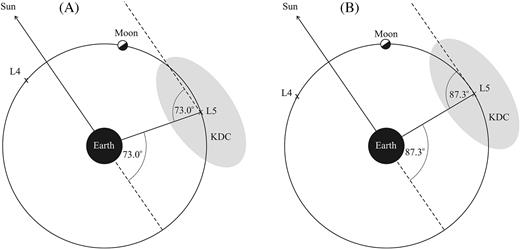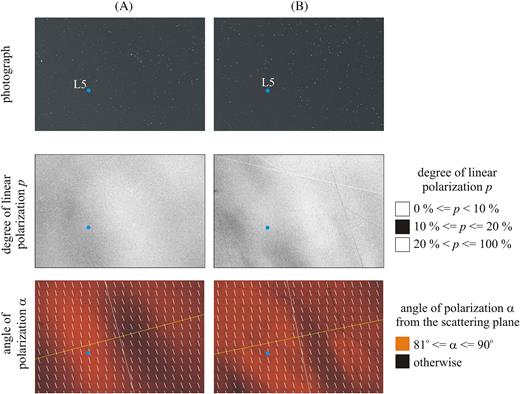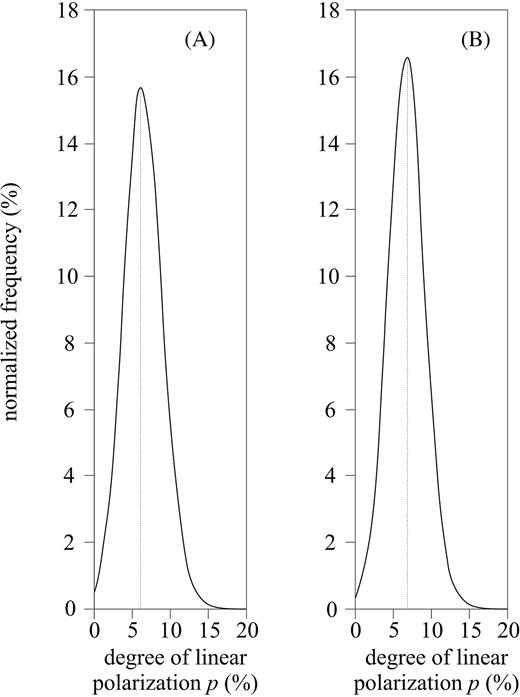Ian said:
The Earth has one moon.
The Earth is the largest object in the solar system that doesn’t have a ring system. So I’ve been keeping a lookout for observations of a dust ring around the Earth. But none has so far been seen. I figured that observations of this would have to come from a deep space spacecraft specifically equipped with a low light camera to observe this, and so far no large astronomical telescope has been in deep space in a position to observe such rings.
But what I hadn’t taken into account was that the rings of Neptune are lumpy, lumped into ring arcs. And the presence of Earth’s big Moon would have a big effect on breaking up any rings into lumps of gas.
I note in passing that the Stereo spacecraft were asked in passing to take a look at the Lagrangian points in passing, but I didn’t see any published paper so assumed that nothing was seen.
The original press release is this one:
https://ras.ac.uk/news-and-press/research-highlights/earths-dust-cloud-satellites-confirmed
Lagrange points, L4 and L5, form an equal-sided triangle with the Earth and Moon, and move around the Earth as the Moon moves along its orbit.
L4 and L5 are not completely stable, as they are disturbed by the gravitational pull of the Sun. Nonetheless they are thought to be locations where interplanetary dust might collect, at least temporarily. Kordylewski observed two nearby clusters of dust at L5 in 1961, with various reports since then, but their extreme faintness makes them difficult to detect and many scientists doubted their existence.
In a paper earlier this year the Hungarian team, led by Gábor Horváth of Eötvös Loránd University, modelled the Kordylewski clouds to assess how they form and how they might be detected. The researchers were interested in their appearance using polarising filters, which transmit light with a particular direction of oscillation, similar to those found on some types of sunglasses. Scattered or reflected light is always more or less polarised, depending on the angle of scattering or reflection.
They then set out to find the dust clouds. With a linearly polarising filter system attached to a camera lens and CCD detector at Slíz-Balogh’s private observatory in Hungary (Badacsonytördemic), the scientists took exposures of the purported location of the Kordylewski cloud at the L5 point.
The images they obtained show polarised light reflected from dust, extending well outside the field of view of the camera lens. The observed pattern matches predictions made by the same group of researchers in an earlier paper and is consistent with the earliest observations of the Kordylewski clouds six decades ago. Horváth’s group were able to rule out optical artefacts and other effects, meaning that the presence of the dust cloud is confirmed.
Judit Slíz-Balogh comments on their discovery: “The Kordylewski clouds are two of the toughest objects to find, and though they are as close to Earth as the Moon are largely overlooked by researchers in astronomy. It is intriguing to confirm that our planet has dusty pseudo-satellites in orbit alongside our lunar neighbour.”




